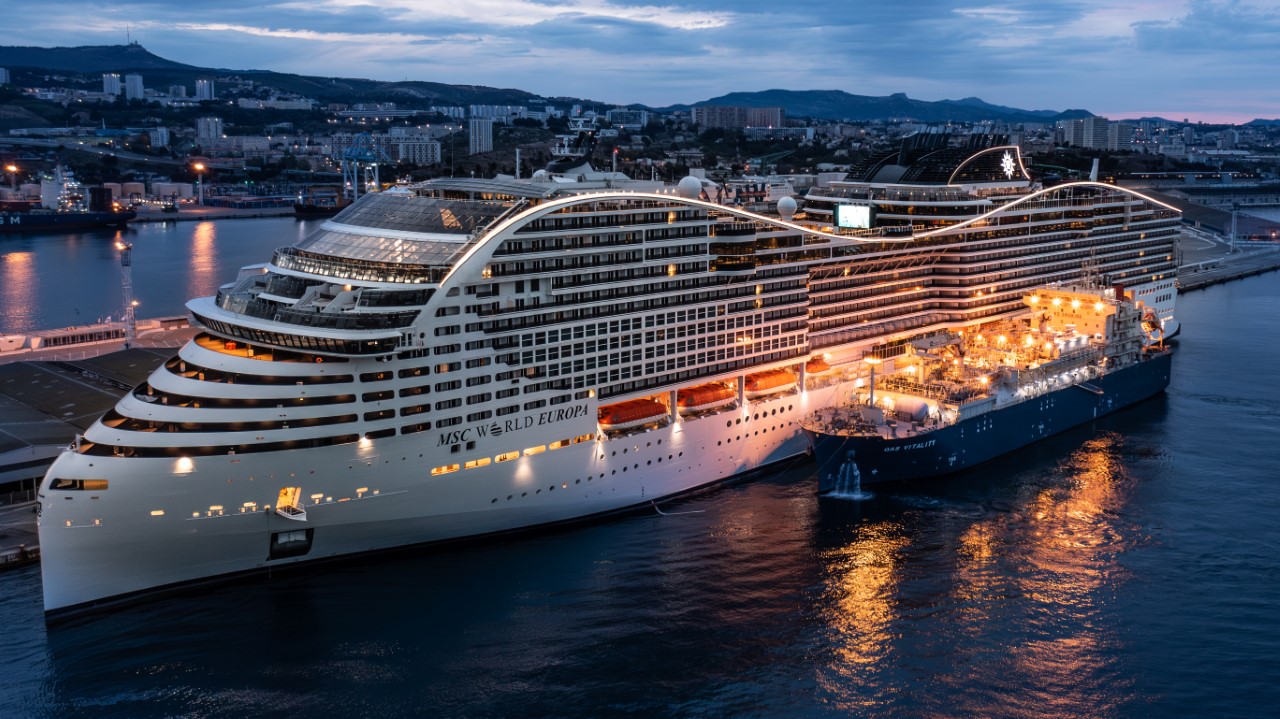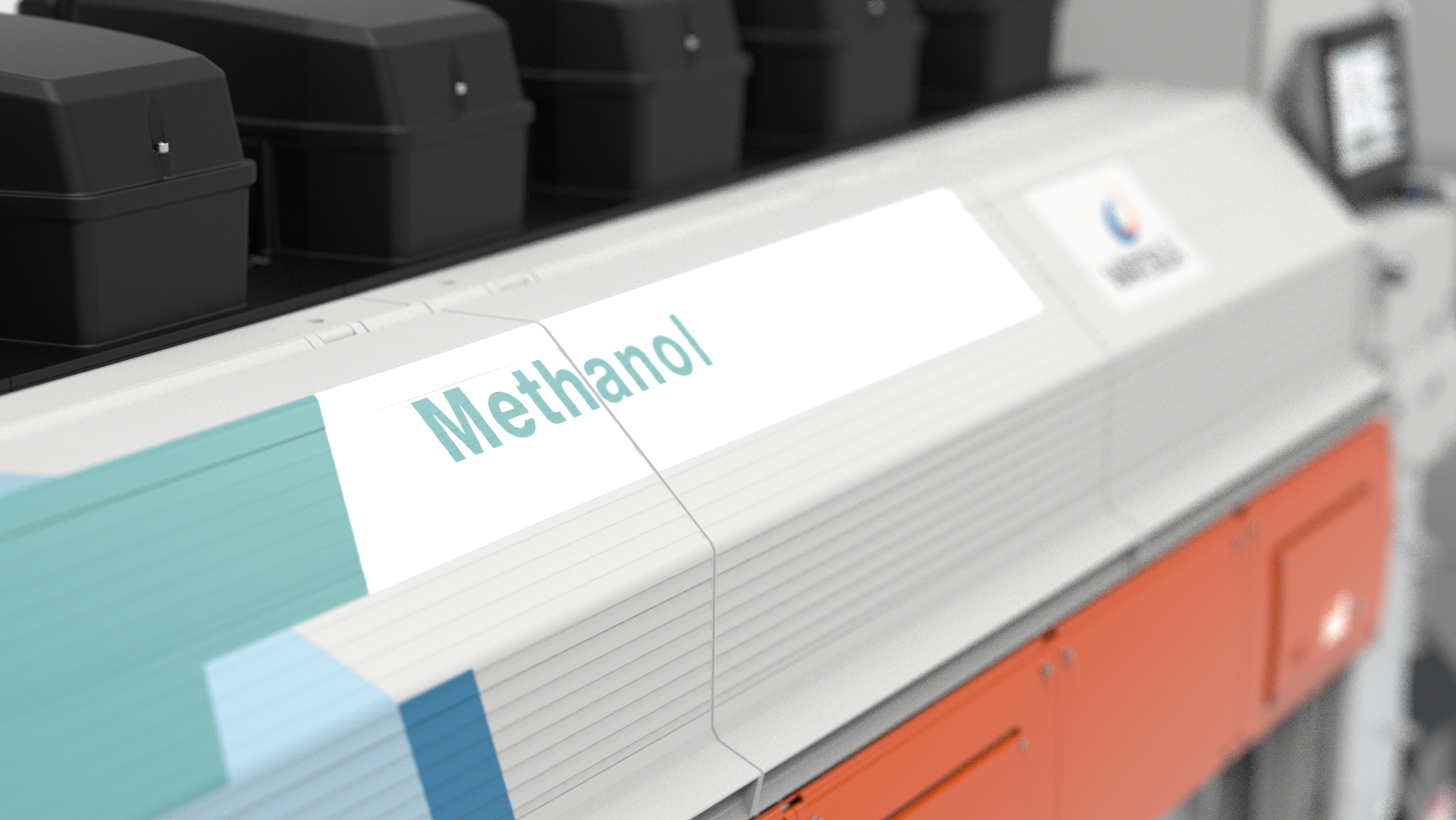The latest version of the Friends of the Earth (FOE) Cruise Ship Report Card that compares the environmental footprint of 17 major cruise lines and 171 cruise ships has been released.
This is the 6th annual Report Card to be published, following the first Report Card’s release in 2009.
The FOE Cruise Ship Report Card ranks 17 major cruise lines and 171 cruise ships — Carnival Cruise Lines, Celebrity Cruises, Costa Cruises, Crystal Cruises, Cunard Cruise Line, Disney Cruise Line, Fathom, Holland America Line, MSC Cruises, Norwegian Cruise Lines, Oceania Cruises, P&O Cruises, Princess Cruises, Regent Seven Seas Cruises, Royal Caribbean Int’l, Seabourn Cruise Line and Silversea Cruises.
It grades cruise liners on an A-G scale based on four criteria; sewage treatment technology, air pollution reduction, water quality compliance with Alaska’s water quality regulations and transparency.
- To determine a cruise line’s Sewage Treatment grade, we compared the number of cruise ships in the cruise line that have installed advanced sewage treatment systems against the total number of ships in the cruise line.
- To determine the Air Pollution Reduction grade for each ship in a cruise line, we graded ships on whether they had installed scrubbers or were capable of plugging into shoreside power. Cruise ships that installed both technologies and docked in ports with shore power received an A, while ships that only installed scrubbers or only installed shore power capability but did not dock at ports with shoreside power were given a C. In addition, ships were given credit if they only utilise low sulphur fuels continuously at levels lower than required by international and U.S. law.
- To determine the Water Quality Compliance grade for ships operating in Alaska, we used notices of violation issued for individual cruise ships to each cruise line by the Alaska Department of Environmental Conservation from 2010 to 2014. Ships were given an ‘N/A’ if they travelled to Alaska but avoided Alaska’s strong water quality standards by discharging outside of those protected waters.
- To determine the Transparency grade for each cruise line we graded each line based on whether it responded to our 2015 requests for information regarding their environmental practices.
The grades for each of the four criteria were averaged to calculate the Final Grade for each cruise line.
Out of the 17 cruise lines featuring on the card, Disney Cruise Line came out on top, attaining an A for sewage treatment, a C- for air pollution reduction, an A for water quality compliance and an A for transparency, leaving them with a final grade of A-.
Compared to its 2014 report card, Disney Cruise Line has improved its transparency by 5 grades, thanks to its willingness to share its details on emissions reducing technologies where other lines have refused to do so and have therefore received F grades for transparency. However, its air pollution grade has dropped from a B- to a C-.
Although many cruise lines have invested in “scrubber” technology to reduce exhaust gas sulphur emissions, for example Royal Caribbean retrofitted 19 of its ships with scrubbers in 2015, FOE say that some procedures are still being carried out away from the public eye in order to hide dirty practises.
For instance, in March 2014, MSC Cruises was caught dumping garbage into the ocean at night and in September 2013 a Holland America Line ship was cited for one violation of Alaska Wastewater Quality Standards in exceeding the permitted level of ammonia. Norwegian Cruise Line has also been caught violating the Alaska Wastewater Quality Standards.
However, the 2016 Report Card also acknowledges the progressive actions that cruise lines have been taking to control pollutants from cruise ships.
In 2014, Carnival announced plans to invest around USD 400 million to design, build and install scrubber technology to over 70% of its fleet. In 2016, CR Ocean Engineering, a scrubber manufacturer announced that Royal Caribbean would install seven hybrid scrubbers to its ships, and in addition this same cruise liner has said to have fitted advanced sewage treatment systems to 24 out of 25 of its ships.
Princess Cruises, which scored a C grade overall on the report card, has pioneered the use of shore power technology in the cruise industry, following the establishment of a shore-side power connection in Juneau, Alaska in 2001. To date, many of it ships have received an electrical connection cabinet to allow plugging in to shore power when available, and by the end of 2020, Princess Cruises cites that 16 of its vessels will have shore power installed onboard.
A recent press release from the industry association Cruise Lines International Association (CLIA) has stated that cruise liners have invested more than USD 1 billion to date in the development of environmental technologies and cleaner fuels to reduce environmental and health impacts. New standards set by the IMO and the impending arrival of the global sulphur cap in either 2020 or 2025 is expected to drive environmental standards further, particularly those related to ship emissions.
For the 2016 Cruise Ship Report Card, FOE relied on data gathered from the internet, government sources, the cruise line industry, and other public sources in order to determine the grades assigned to the cruise lines. FOE did not independently verify that the technology graded in the report card was installed on the individual cruise ships.
To view the report card, please click here.
Ship Efficiency Review News
To contact the reporter responsible for this article, please email editor@fathom-mi.com


































